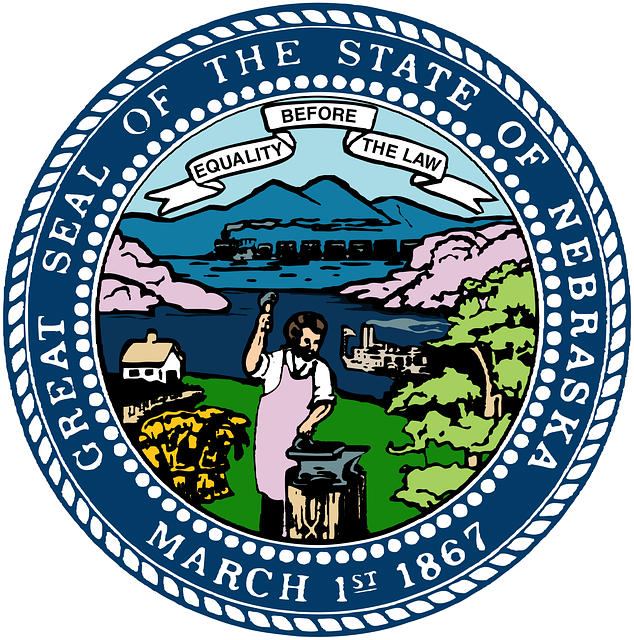Walkability in real estate is a key driver for community engagement, synergy, and sustainability. By prioritizing pedestrian accessibility, vibrant street life, and diverse amenities, neighborhoods foster stronger resident connections, encourage active transportation, and increase property appeal. This ultimately contributes to cities' economic vitality and environmental stewardship, with walkable communities attracting residents and businesses alike due to their enhanced quality of life.
In today’s urban landscape, walkability is emerging as a powerful driver of community engagement in real estate. This article delves into the profound impact of accessible pedestrian environments on resident well-being and local community synergy. We explore innovative strategies for developers and urban planners to create synergistic spaces that foster interaction and vitality. Through key performance indicators and compelling case studies, we demonstrate how walkable, engaging real estate developments thrive in today’s market.
The Impact of Walkability on Community Engagement in Real Estate

In the realm of real estate, walkability plays a pivotal role in fostering community engagement synergy. When neighborhoods are designed or revitalized to prioritize walking accessibility—including safe and convenient pedestrian routes, vibrant street life, and a diverse mix of local amenities—residents are more likely to interact with their surroundings and one another. This increases social connections, strengthens neighborhood bonds, and contributes to a thriving sense of community.
Walkable communities encourage residents to leave their cars behind and embrace active transportation, leading to reduced traffic congestion, improved air quality, and healthier lifestyles. Moreover, walkability enhances the desirability of real estate properties, as people are drawn to areas where they can easily access services, schools, parks, and community events on foot. This synergy not only benefits individuals but also contributes to the overall economic vitality and sustainability of neighborhoods and cities.
– Defining walkability and its significance in real estate

Walkability, a key aspect often overlooked in real estate development, refers to how easily and safely people can move around on foot within a given area. It’s about creating environments where individuals are encouraged and able to walk for their daily needs, from accessing local amenities to commuting to work or school. In the context of real estate, walkability is a significant factor that influences the desirability and value of properties.
In today’s world, where many urban areas grapple with traffic congestion and environmental concerns, promoting walkability offers a sustainable solution. Real estate professionals recognize that developing neighborhoods with high walkability ratings can significantly enhance community engagement. It fosters social interactions, encourages physical activity, reduces carbon footprints, and contributes to vibrant local economies by supporting businesses within walking distance. Thus, prioritizing walkability in real estate development strategies is not just about creating convenient living spaces but also building thriving, connected communities.
– Benefits for residents and the local community

Promoting walkability in urban areas brings about a multitude of benefits for both residents and the local community. In real estate, properties situated in walkable neighborhoods often enjoy higher values and greater demand due to their proximity to amenities, schools, parks, and other conveniences. Residents benefit from reduced commuting times, lower living costs, and improved physical health from increased daily activity. Moreover, walkability fosters a sense of community by encouraging face-to-face interactions, strengthening social bonds, and creating vibrant public spaces where folks can gather, connect, and participate in local events.
For the broader community, walkable environments contribute to environmental sustainability by decreasing car dependency and subsequently reducing traffic congestion, air pollution, and carbon emissions. Local businesses also thrive as foot traffic increases, leading to more patronage, economic growth, and a diverse range of services and shops within easy walking distance. This symbiotic relationship between residents and the local economy underscores the transformative power of walkability in enhancing quality of life and fostering thriving communities.






